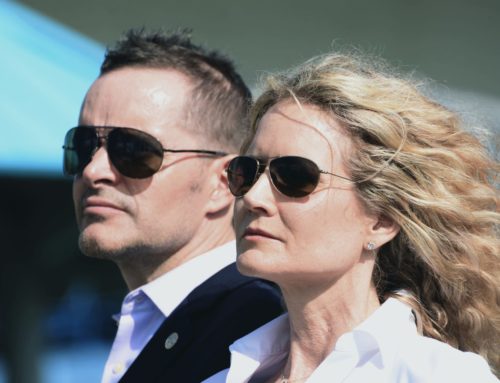Miracle Cure: The Creation of Antibiotics and the Birth of Modern Medicine
By William Rosen
My cousin, Howard Plotkin, encouraged me to read this book because streptomycin saved my life in late 1945. My mother, Rosella Werlin, was a pioneering woman journalist who scoured America to find a cure for me because I was suffering from a ruptured appendix and needed a state-of-the-art antibiotic in order to be strong enough to withstand two major operations. While I have now learned that I was not the first civilian to take streptomycin I was one of an early handful. Needless to say, my mother repeated my story endlessly to not only family members but also the entire Houston community.
On a personal note, I have been saved a second time by a miracle drug—Gleevec which I take daily. Gleevec allows me to live (now some 12 years) with Chronic Myelogenous Leukemia (CML). Prior to Gleevec, life expectancy for CML was less than 5 years.
William Rosen provided a richly documented history of the rise—and now threatened future-of antibiotics. In brief, while antibiotics provided the foundation for many of the world’s great pharmaceutical companies (making them $ tens of billions), today their profits from antibiotics are a “rounding” error. Very few of our major pharmaceutical companies even focus on antibiotics and only a miniscule number of new antibiotics have been created in the last decade. The reason for the antibiotic demise is that it is almost impossible to create a new class of antibiotics and the overuse of antibiotics has made humans resistant to infectious bacteria. In part, antibiotic resistance is serious because of low dosages of antibiotics still allowed in animal feeds and patients failing to complete their prescribed dosage. Stated differently, germs become resistant to antibiotics so that if a new antibiotic is found, it will be reserved only for those patients who cannot be treated by current antibiotics. Thus, the market will be so small that pharmaceutical companies will not have a financial incentive to develop this new antibiotic.
Before the invention of antibiotics, doctors practiced “heroic medicine.” To cure patients, doctors employed bloodletting, blistering, purges, enemas, vast doses of mercury, and other primitive techniques.
Starting in the late 1800’s Louis Pasteur and Robert Koch, proved that cholera, plague, tuberculosis, diphtheria, and other maladies were caused by invisible microbes: bacteria. Once the correlation between germs and disease was recognized, scientists could then refocus their efforts for eradicating these germs, including for the first time the recognition of the importance of sterilization. They enjoyed some success—antitoxin for diphtheria, a vaccine for anthrax and rabies. Because Germany recognized the importance of profits to undertake the massive research required, they utilized their industrial capacity—synthetic dye industry. Alternatively, France and Great Britain employed poorly funded research labs.
The real revolution in modern medicine came during World War II, with the introduction on a large scale of penicillin.
Alexander Fleming, a Scottish chemist, discovered penicillin in1928 with its unique therapeutic properties. However, the difficulty of creating penicillin on a large-scale basis prevented widespread development and usage until World War II.
Selman Waksman, a Ukrainian-born Jew, was a key person in making penicillin a household phenomenon. Waksman unearthed numerous antibiotics with an unerring eye, particularly those found in soil samples. In less than three years, (1942-1944) penicillin and streptomycin achieved more victories in the battle against infectious disease than anything in the entire history of medicine. Both of these antibiotics were powerful weapons against pathogens. For the first time, the American government poured $ millions into the development of drugs to save the lives of our military. This led to widespread cooperation with a broad spectrum of companies to produce these drugs in massive quantities.
We need to understand that prior to antibiotics the pharmaceutical industry was composed of very tiny companies who created a variety of nostrums—some helpful, some fraudulent. One could sell “so called cures” without any government approval. Overtime in recognition of the growing importance of medicine, America created an FDA that evaluated the safety of drugs and their efficacy—a major departure from past practices. While the cost of FDA approval on a given drug can easily exceed $1 billion, the horrendous experience of thalidomide has assured that our review process for new drugs is exacting. Even today, Europe approves medicines that are “safe” but not necessarily effective.
Originally published in the Sarasota Herald-Tribune

